Welcome to the latest edition of the Rewilder Weekly! 🦬🌳🐺🌞🌍
Before we get into it, did you know that last Sunday marked World Whale Day? On this occasion, give yourself a few minutes with these amazing ecosystem engineers by enjoying BBC Earth’s top 5 whale scenes.
Now then, let’s get on with this week’s eight selected stories.
Wishing you a good week.
Cheers,
👉 As a reminder: If you come across stories you’d like to see featured in an upcoming edition of the Rewilder Weekly, send them to me and I’ll gladly do what I can.
1) 693 scientists and biodiversity experts raise alarm
Politicians across Europe have fallen prey to misguided and misleading fearmongering by farming and hunting lobbies. It has already led to the slaughter of hundreds of wolves - in tiny Switzerland alone over 100 wolves were shot for no good reason last year. Most member states of the Bern Convention have voted to downgrade the wolf’s protection against all better judgment. On the 6th of March, the final decision will be made.
693 scientists call out to support the science that clearly shows the importance of the wolf, this incredible ecosystem engineer - and how the indiscriminate slaughter that will undoubtedly follow a downgrading, will disastrously downgrade our already threatened biodiversity.
👉 Go here to join the movement and reach out to politicians
👉 and here to engage on LinkedIn
2) How carnivores increase plant life
A great deal has been said of the return of wolves to Yellowstone and how they changed flora and fauna (and even the flow of rivers) since their reintroduction began in 1995. Their cascading effects have received a great deal of attention and now a new study details how the presence of carnivores has increased willows in Yellowstone National Park riparian zones by an amazing 1'500%.
“Our findings emphasize the power of predators as ecosystem architects. The restoration of wolves and other large predators has transformed parts of Yellowstone, benefiting not only willows but other woody species such as aspen, alder, and berry-producing shrubs. It’s a compelling reminder of how predators, prey, and plants are interconnected in nature.” (William J. Ripple - the study’s lead).
👉 and here to engage on LinkedIn
3) Biggest bird sanctuary in England
The Guardian reports on the massive increase of RSPB Geltsdale’s bird sanctuary - which makes it the biggest in England (the only bigger ones are in Scotland’s Highlands). What they do now is good for nature and good for people. Rewilding is not nature OR people, it is about nature AND people. With adjustments to traditional farming, with more insight and respect for nature, a far better balance is found. Case in point - instead of having cattle fenced in, fences are removed and cattle wear collars that alert them if they get too close to leaving the land that is their home.
No more fences means these domesticated grazers roam as wild grazers would - and thus become valuable to nature. Apparently black grouse used to crash into the fences, killing themselves - now that’s history, too. And another big one - no more heather burning! This of course took place in traditional ways on Geltsdale’s previous grouse shooting estates. The end of this practice is one impactful way to return moorlands to their natural state, another will be the removal of drainage systems and also the restoration of channelled streams to natural courses ... all around very positive news!
👉 and here to engage on LinkedIn
4) High hopes for the High Seas Treaty
The High Seas Treaty got a lot of press when it was adopted in 2023 … then it got quiet. Now it’s time for actions to follow words, because the ratification process is under way and 60 countries need to ratify for the High Seas Treaty to become law. To highlight just how big a deal this treaty is: Two thirds of the world’s oceans are “high seas” (i.e. land that is further out from any shore than the 370km that still belong to nation states), but currently barely any of those two thirds are protected - the High Seas Treaty would be a game-changer.
The first 17 states - Spain and France among them, have now ratified. 43 to go! If 60 signatures come together, it’ll mean the protection of 30% of the high seas - and that will represent a tremendous relief for nature to recover in protected zones. “Today our country is once again demonstrating, through action, its commitment to the environmental agenda, to multilateralism and to a global project where the search for prosperity for all goes hand in hand with the necessary protection of global public goods.” (Sara Aagesen Muñoz, Spain’s Vice-President of the Government and Minister for Ecological Transition and Demographic Challenge)
👉 Go here for the High Seas ratification tracker
👉 and here for my post on LinkedIn
5) About the recent illegal release of boars in Scotland
I’m entirely with the statements of Rewilding Britain and The Scottish Rewilding Alliance. Illegal releases are a bad idea, by either careless or misguided people. They are detrimental to the rewilding movement’s efforts, and they are most definitely harmful to the released animals. As I read about these most recent releases, I paid closer attention to language, how how it is used to insidiously mislead. This species native to Scotland is classed as non-native; They are “considered to be invasive because they cause damage to the environment”; they are also considered “dangerous wild animals” (Dangerous Wild Animals Act).
Peter Cairns of Scotland: The Big Picture writes, “On the whole, media coverage of wildlife-human interaction is depressingly ill-informed and lacking in context. They have a unique opportunity to educate huge audiences, but instead choose to create, or perpetuate, conflict and division. It's little wonder we've become such a zoophobic nation, afraid of anything that appears vaguely threatening, and the subject of ridicule from European neighbours who routinely coexist with more challenging species than lynx or boar.”
This BBC article tries to give reasons as for why the animals had to be killed - and it is filled with fearmongering language and packed with things that MAY happen and that feral pigs CAN do. Not once does it talk of prevalence or likelihood. All of this creates an image of an animal that is to be feared. Feral pigs are not an enemy force. This is a native species that works with nature as it is supposed to.
👉 Go here for Peter Cairns’ post on LinkedIn
👉 Go here for my post on LinkedIn
6) Immense rewilding efforts in the Carpathian Mountains
Foundation Conservation Carpathia has a clear mission: “to create Europe’s largest forest wilderness National Park in the Romanian Făgăraș Mountains as a complete and self-sustaining ecosystem, which benefits nature and people whilst mitigating climate change.” They were founded in 2009 by 12 philanthropists and conservationists with the goal to stop massive illegal logging, and to protect a significant surface of Carpathian forests in form of a completely protected area for future generations. Learn more about the foundation here.
Once a month I get their newsletter - and every time it is fantastic to see both the down-on-the-ground efforts, as well as staggering scope and scale. It always comes with images that take you right into those forests and mountains, you get to be with the trackers, with the communities. This time they report on an unusually mild winter, the work with seedlings, with wolf studies, with bison and beaver observations and much, much more. Subscribe to their newsletter - highly recommended!
👉 Go here for their latest newsletter
7) Water buffalo in Europe? Of course!
We commonly associate the water buffalo with Asia. As for Europe, it is thought that they were first introduced from India. Wikipedia tells me that, around 600 AD, an Italian king is said to have received water buffalo from the khan of a tribe that dwelt near the Danube River at the time. Our friends at Rewilding Danube Delta have just posted the above picture, with a cow photo-bombing a water buffalo gathering on Ermakiv Island.
They write that, fifty years ago, water buffalo had still inhabited the Danube Delta - and that their comeback marks a significant milestone: “The water buffalo were introduced to the Island in the Danube Biosphere Reserve in 2019 as part of rewilding efforts. Their presence helps restore the natural grazing process, create mosaic landscapes, contribute to the island’s biodiversity, and attract tourists.”
👉 Go here to see how the water buffalo flourish
👉 and here to engage on LinkedIn
8) 50-million strong annual assault on Britain’s nature
The pheasant is an incredibly beautiful bird and most certainly isn’t a problem under normal circumstances. But imagine any landscape. Now imagine that someone releases a huge amount - many, many millions - of one single species into that landscape. Would you expect that landscape, with its flora and fauna, to remain unaffected, unchanged? Of course you wouldn’t.
The shooting industry releases some 50’000’000 pheasants (and red-legged partridges) on UK shooting estates every year. There are those reared in UK farms and those imported (live and as eggs) from abroad. In this article, I’ve taken a closer look at the damage done to nature - and the incredible lengths shooting estates go to, with 300 ‘game farms’ to support them, simply so that millions of birds can then be slaughtered by gun-loving shooters.
👉 Go here for my in-depth article
👉 And here for my post on LinkedIn
As usual, the Rewilder Weekly concludes with a nature science illustration. This time science illustrator Beverly McKay gives as three Madagascar fodies, clearly interested in taking a bicycle for a spin. Fantastic illustration. Also called the red fody, this native of Madagascar has been introduced to other islands in the Indian Ocean and is considered common and its conservation status as of least concern.
If you enjoy the Rewilder Weekly …
… please consider supporting my work. Your paid subscription will help generate the funds needed to realize a unique rewilding book I’m working on. And, of course, that paid subscription also ensures that the Rewilder Weekly will always keep going for those who cannot afford to pay. A thousand thanks!
That’s it for this week’s edition! For more rewilding insights and stories from around the globe, use the #rewilding hashtag on LinkedIn and follow people, organizations and groups that are as passionate about rewilding as you are. Let’s keep connecting and growing the movement!










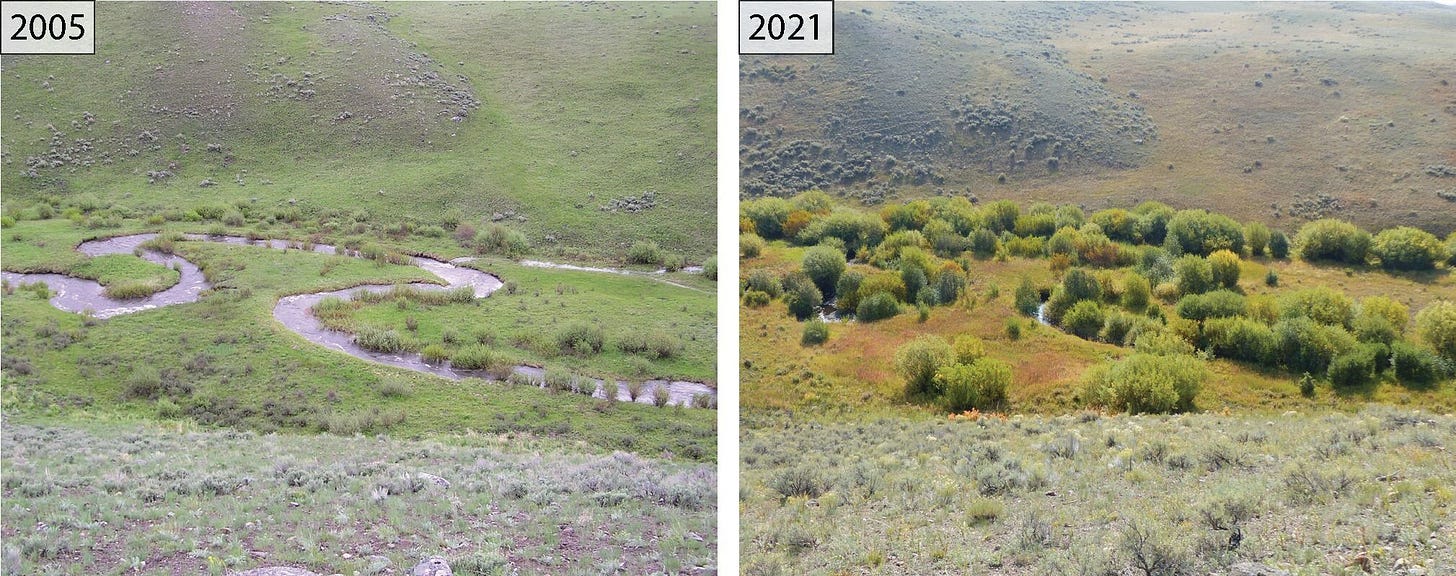

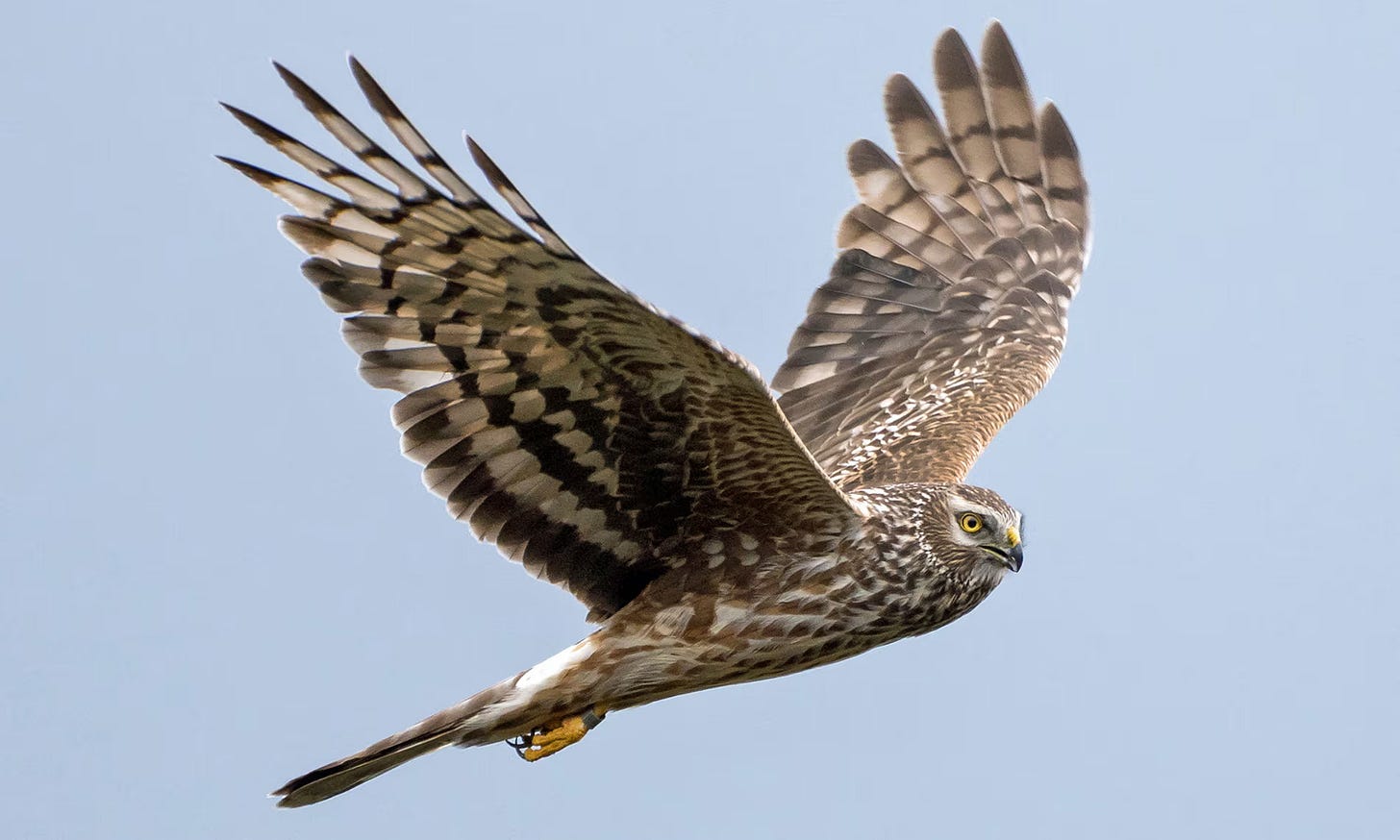


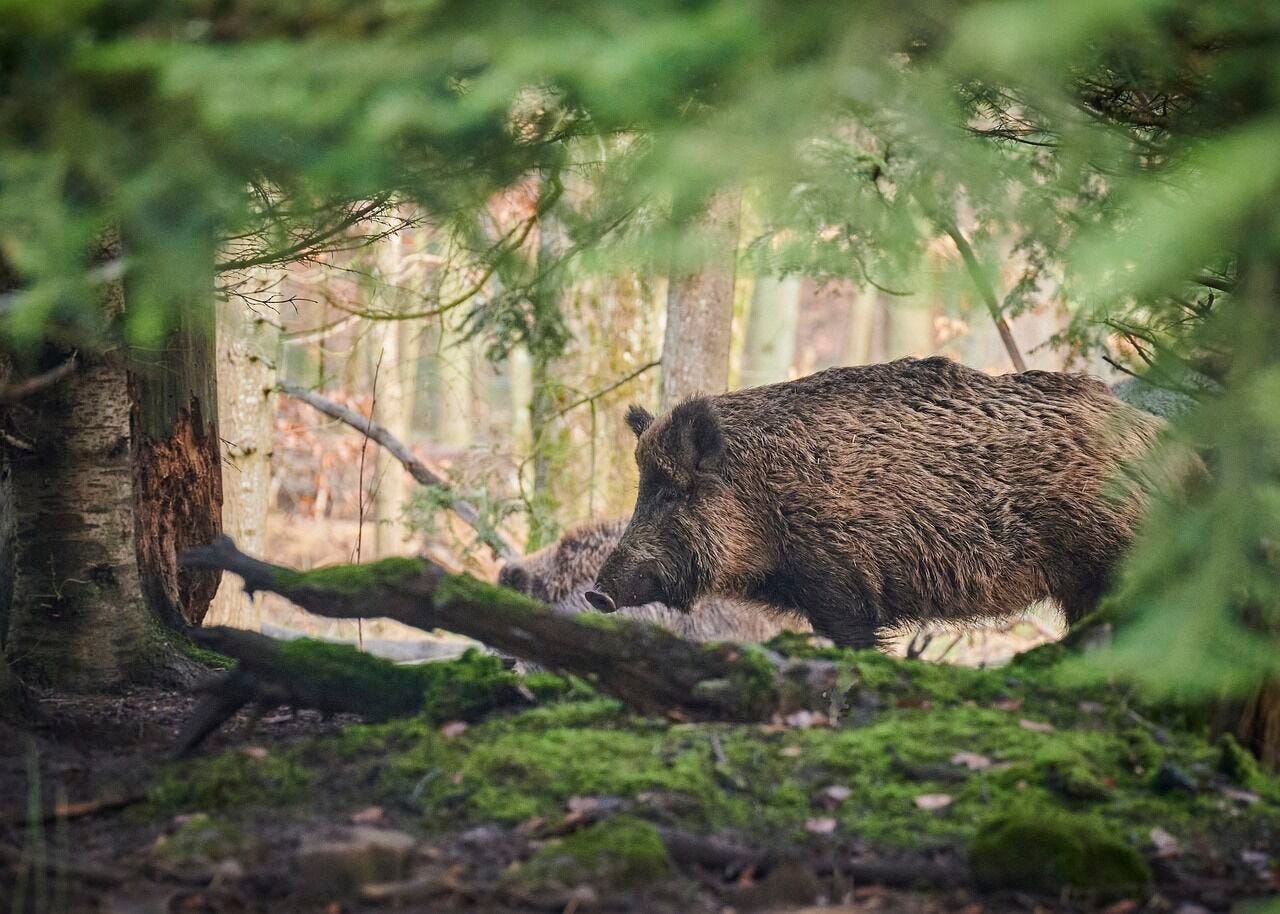

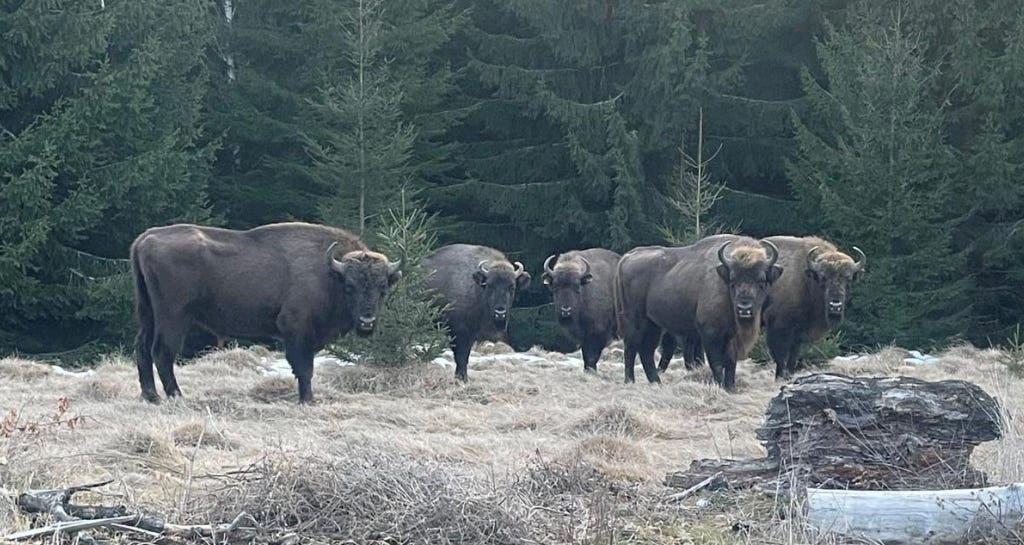

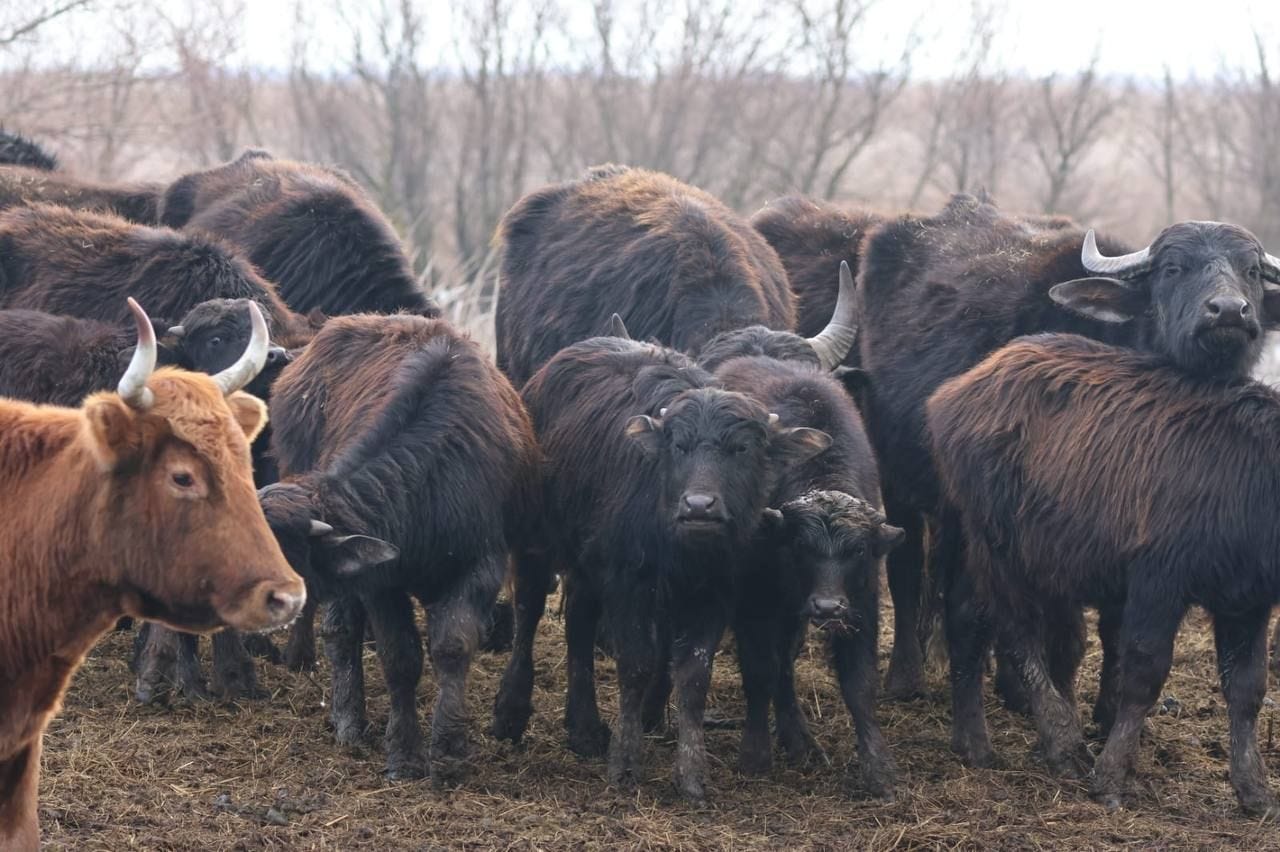

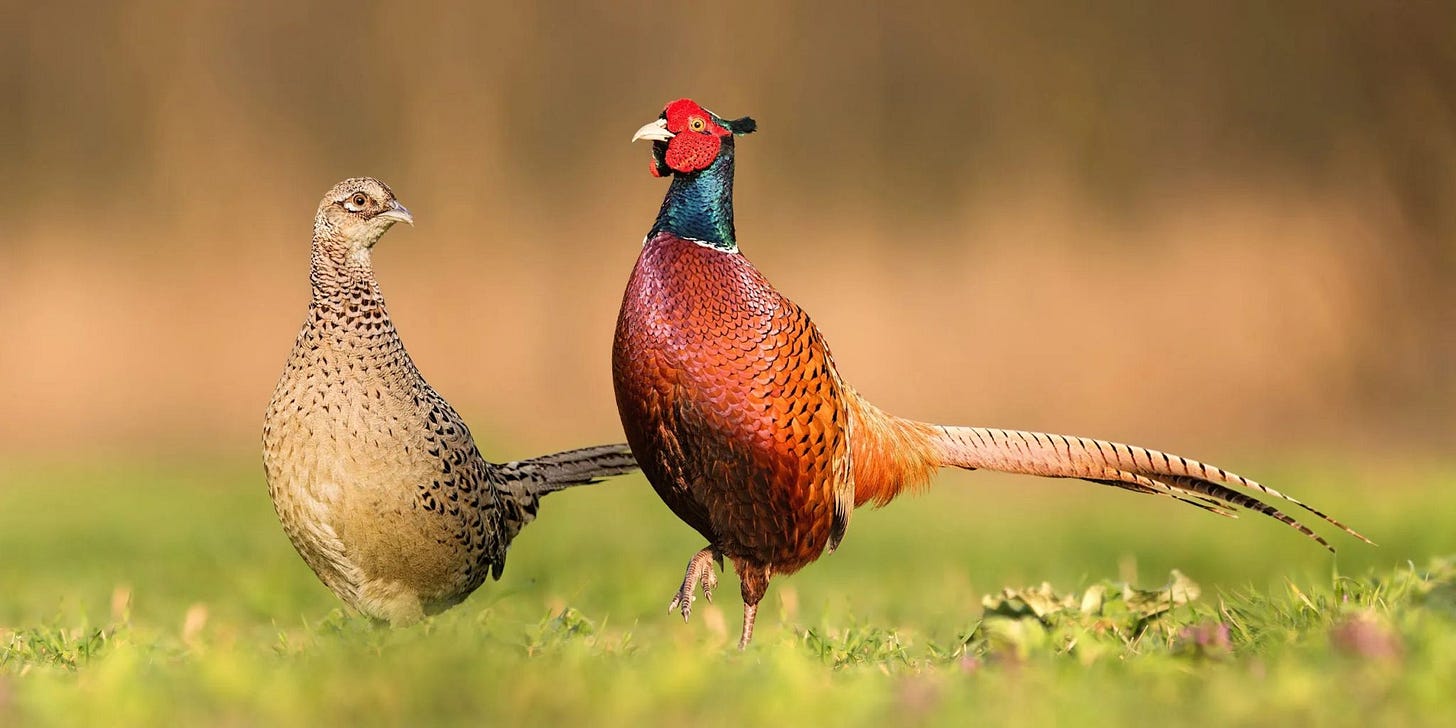

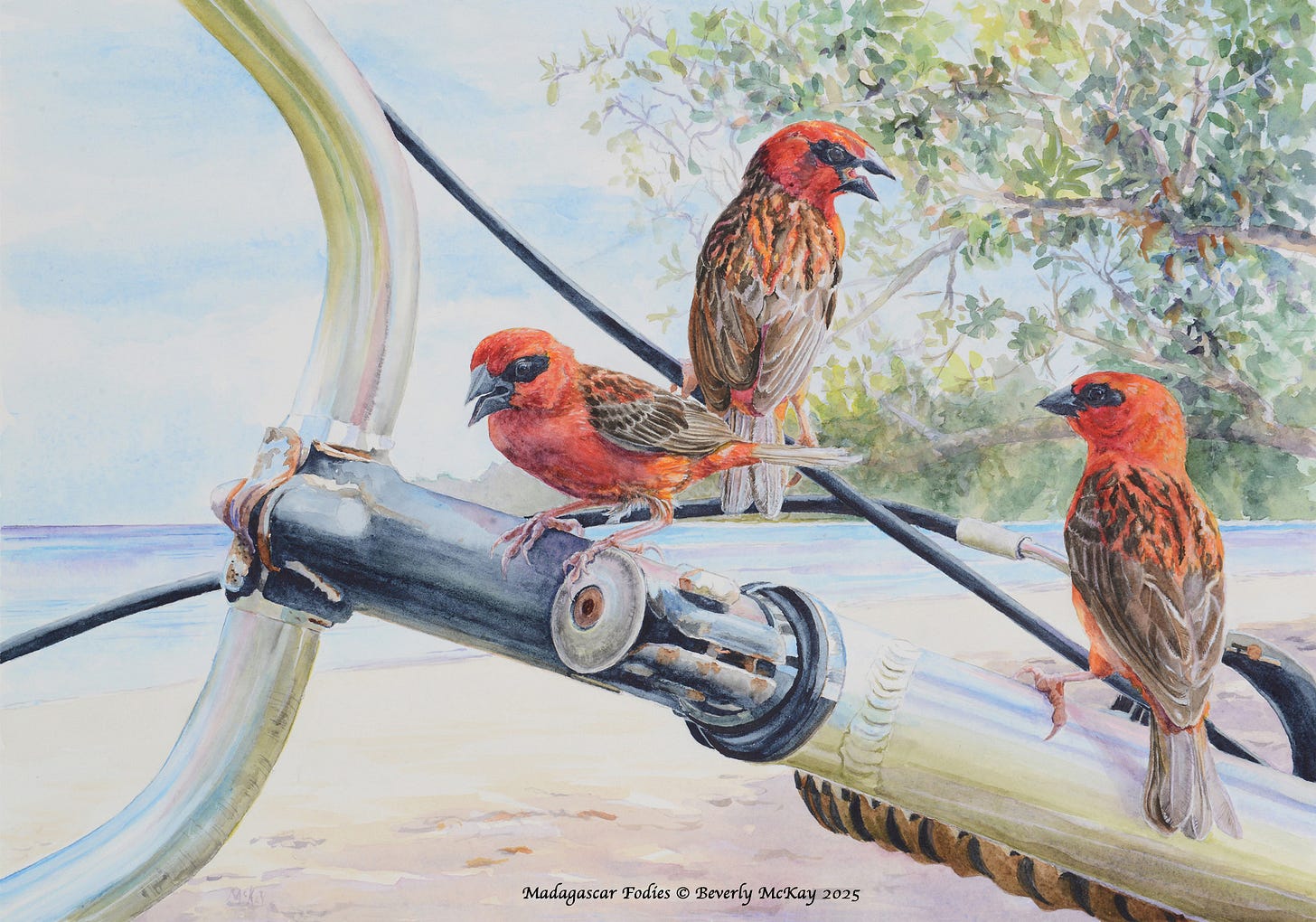

Thanks for highlighting the misinformation out there re the wild boar in Scotland. Those groups that are opposed to rewilding seem to have a very efficient media operation!